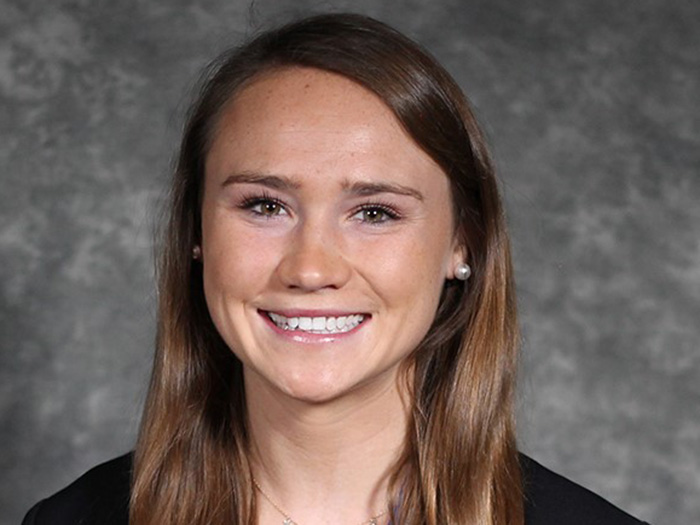Pharmacy Cost Control
State Drug Monitoring Programs Not Fully Utilized

Among the most powerful tools in America’s fight against opioid abuse are state-run Prescription Drug Monitoring Programs (PDMPs). In 49 out of 50 states, PDMPs mandate reporting of the prescription and dispensation of opioids and other controlled medications by physicians and pharmacists, who are then able to consult that data.

G. Caleb Alexander, MD, FACP, oo-director, Center for Drug Safety and Effectiveness, Johns Hopkins Bloomberg School of Public Health
Unfortunately, PDMP data is largely inaccessible to Pharmacy Benefit Managers (PBMs), who should be well-positioned to detect, prevent, and intervene in high-risk opioid prescription situations.
This centralized, comprehensive data can be enormously valuable in detecting patterns that could indicate actual or potential addiction issues, including polypharmacy (multiple opioid prescriptions); multiple prescribers or payers; excessive dosages and dangerous interactions.
Having multiple prescriptions or failing to take a prescribed mediation may be an innocent mistake. But those instances can also indicate efforts to game the system, such as “doctor shopping.” Either way, detecting high-risk patterns and responding quickly is essential to patient outcomes and to reducing excess drug costs and addiction treatment costs.
A 2015 study released by Johns Hopkins University’s Bloomberg School of Public Health, “The Prescription Opioid Epidemic: An Evidence-Based Approach,” advocates granting PBMs access to PDMP data — with proper patient privacy protections —citing PBM’s prescription claims surveillance, prescriber intervention programs, and claims review software algorithms.
Describing the proven effectiveness of prescriber letters from PBMs, as well as prior authorization, precertification, and maximum quantity limits per prescription, the report says, “These programs could be enhanced if the PBM has complete controlled substance claims history, including cash claims, through access to states’ PDMPs.”
“PBMs are uniquely able to help shape patient care in many ways that no other stakeholder has the capacity to do,” said G. Caleb Alexander, MD, FACP, Co-Director, Center for Drug Safety and Effectiveness at Johns Hopkins Bloomberg School of Public Health, the report’s co-editor.
“PBMs are uniquely able to help shape patient care in many ways that no other stakeholder has the capacity to do.” — G. Caleb Alexander, MD, FACP, Co-Director, Center for Drug Safety and Effectiveness at Johns Hopkins Bloomberg School of Public Health
“Our health care system is incredibly fragmented,” said Alexander. “[PDMPs] allow for comprehensive collection and organization of the totality of a patient’s controlled substance use … [enabling PBMs] to better design and deploy and evaluate a variety of different mechanisms or interventions.”
PBMs could also aggregate data across state lines, revealing patterns not apparent from individual state PDMP data. PBMs are not only equipped to monitor such data in real time, they are financially incentivized to do so.
“Our role is to ensure the safe use of medication and that they are being used effectively and cost-effectively,” said Patrick Gleason, Pharm.D, a signatory of the Johns Hopkins report and Senior Director of Health Outcomes at Prime Therapeutics, a PBM owned by 14 not-for-profit Blue Cross and Blue Shield health plans, subsidiaries or affiliates.
“If the unsafe use of medication is leading to health care costs and harm for our members, we want to do everything we can to ensure that doesn’t happen. … First and foremost it’s about safety, and unsafe use of medications leads to higher cost.”
Debate Over Access
Some have voiced concerns about PBM access to PDMP data, even among those who advocate for it. In addition to patient privacy concerns, there are questions about PBM financial incentives, which Alexander calls, “horribly opaque.”
In lieu of access to PDMP data, some PBMs have established structural relationships with dispensing pharmacists.
“We partnered with a workers’ comp dedicated pharmacy for those high-risk patients … where there’s a lot of opioid exposure,” explained Mike Cirillo, Managing Director at Specialty Solutions Rx, a PBM specializing in workers’ comp.
“We actually route the patient into that pharmacy, [who then does] the PDMP look up. They can do an outreach to the patient and to the physician to talk about medications.”
According to Cirillo, “three to five percent of the opioid prescriptions that come in get a polypharmacy hit on the PDMP.”
Prime Therapeutics is pursuing a similar strategy.
“We have a validated, controlled substance scoring system and we’re developing a process to send the individuals that are scoring the highest to Walgreens, to have Walgreens’ pharmacists look those people up in the PDMP and provide more consultative services at the point of care,” said Gleason, emphasizing that the PBM itself will not be looking into the PDMP.
While there is currently no concerted effort to gain PBM access to PDMP data, according to Corey Davis, Deputy Director, Southeastern Region Network for Public Health Law, there are some encouraging trends among PDMPs.
“It’s becoming more standardized, so states are kind of all moving in the same direction of collecting more data, more drug schedules, and requiring that the data be uploaded more often.” &











